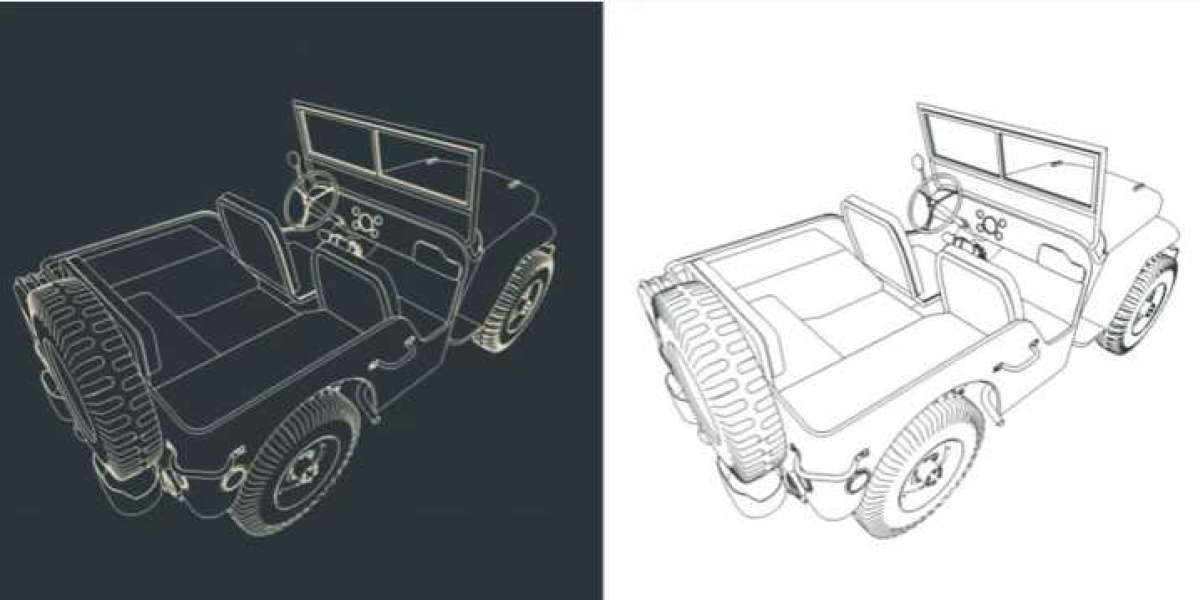Graphics programming is a captivating realm within the vast landscape of computer science. It's a domain where creativity meets technical prowess, where lines of code bring visual marvels to life. One of the fundamental tools in this arena is OpenGL, a powerful library that enables developers to craft stunning graphical applications across various platforms. As students and enthusiasts dive into the world of OpenGL, they often encounter intricate challenges that demand a deeper understanding. If you find yourself grappling with OpenGL assignments, fear not. In this blog post, we'll explore the essence of OpenGL and provide insights to tackle those daunting tasks. So, buckle up as we embark on a journey to unravel the mysteries of graphics programming!
Understanding the Essence of OpenGL
Before delving into the intricacies of OpenGL, let's grasp its essence. OpenGL, short for Open Graphics Library, is an open-source, cross-platform API (Application Programming Interface) for rendering 2D and 3D vector graphics. Initially developed by Silicon Graphics Inc. (SGI) in 1992, OpenGL has evolved into a versatile tool widely adopted in various industries, including gaming, simulation, virtual reality, and scientific visualization.
At its core, OpenGL operates as a state machine, wherein the programmer manipulates various states to achieve desired rendering outcomes. The library abstracts the complexities of underlying hardware, providing developers with a unified interface to interact with the GPU (Graphics Processing Unit). This abstraction fosters portability, enabling OpenGL applications to run seamlessly across different platforms with minimal modifications.
Mastering OpenGL: A Glimpse into the Depths
Now, let's dive into the heart of OpenGL by tackling a couple of master-level programming questions.
Question 1: Implementing Basic Shapes
Consider the task of rendering basic geometric shapes—such as squares, triangles, and circles—using OpenGL. How would you approach this challenge?
Solution:
void display() {
glClear(GL_COLOR_BUFFER_BIT);
glBegin(GL_TRIANGLES);
glColor3f(1.0, 0.0, 0.0); // Red
glVertex2f(0.0, 1.0);
glColor3f(0.0, 1.0, 0.0); // Green
glVertex2f(-1.0, -1.0);
glColor3f(0.0, 0.0, 1.0); // Blue
glVertex2f(1.0, -1.0);
glEnd();
glFlush();
}
int main(int argc, char** argv) {
glutInit(argc, argv);
glutInitDisplayMode(GLUT_SINGLE | GLUT_RGB);
glutInitWindowSize(500, 500);
glutInitWindowPosition(100, 100);
glutCreateWindow("OpenGL Basic Shapes");
glClearColor(1.0, 1.0, 1.0, 1.0); // White background
glutDisplayFunc(display);
glutMainLoop();
return 0;
}
This code snippet utilizes OpenGL to draw a basic triangle with different colored vertices. By specifying the coordinates and colors of each vertex, we define the shape to be rendered. The glBegin() and glEnd() functions delineate the beginning and end of the vertex data, respectively, while glVertex2f() specifies the position of each vertex in 2D space.
Question 2: Implementing Transformations
Now, let's delve into the realm of transformations. How would you apply translation, rotation, and scaling to a 2D shape rendered using OpenGL?
Solution:
#include GL/glut.h
void display() {
glClear(GL_COLOR_BUFFER_BIT);
glMatrixMode(GL_MODELVIEW);
glLoadIdentity();
// Translation
glTranslatef(0.5, 0.5, 0.0);
// Rotation
glRotatef(45.0, 0.0, 0.0, 1.0);
// Scaling
glScalef(1.5, 1.5, 1.0);
glBegin(GL_TRIANGLES);
glColor3f(1.0, 0.0, 0.0); // Red
glVertex2f(0.0, 1.0);
glColor3f(0.0, 1.0, 0.0); // Green
glVertex2f(-1.0, -1.0);
glColor3f(0.0, 0.0, 1.0); // Blue
glVertex2f(1.0, -1.0);
glEnd();
glFlush();
}
int main(int argc, char** argv) {
glutInit(argc, argv);
glutInitDisplayMode(GLUT_SINGLE | GLUT_RGB);
glutInitWindowSize(500, 500);
glutInitWindowPosition(100, 100);
glutCreateWindow("OpenGL Transformations");
glClearColor(1.0, 1.0, 1.0, 1.0); // White background
glutDisplayFunc(display);
glutMainLoop();
return 0;
}
In this code snippet, we apply translation, rotation, and scaling transformations to the triangle before rendering it. The glTranslatef(), glRotatef(), and glScalef() functions enable us to modify the position, orientation, and size of the shape, respectively.
Conclusion
In conclusion, OpenGL offers a myriad of possibilities for graphics programming enthusiasts. Whether you're aiming to create immersive gaming experiences or visualize complex data, mastering OpenGL is essential. If you find yourself struggling with OpenGL assignments, don't hesitate to seek assistance. Our experts at programminghomeworkhelp.com are here to guide you through the intricacies of OpenGL and ensure that you excel in your endeavors. So, don't delay—complete my OpenGL assignment today and embark on a journey to unleash the full potential of graphics programming!







